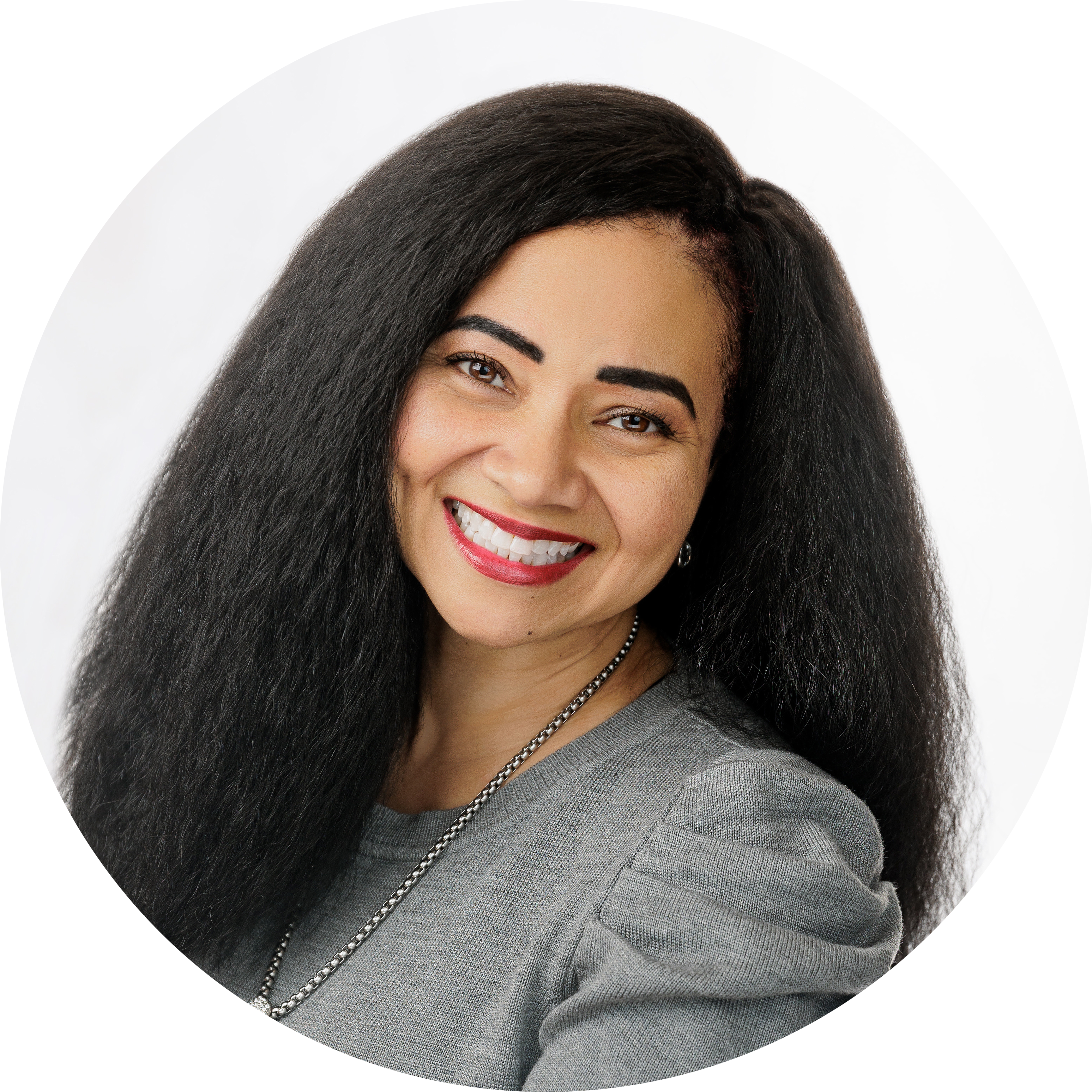Here is the deal with science: it is ever-evolving. I mean, after all, if science did not advance we’d still be sending our “texts” via carrier pigeon, rather than on the latest iPhone.
Google defines rocket science as “the scientific study of building and using rockets; something that is very difficult to learn or understand.” Learning to read is like rocket science; there’s a lot to it. And thanks to the advancement of MRIs (yup, the kind that scan you to see what is going on inside your body!) we can pinpoint what happens in the brains of efficient and struggling readers. This information contributes to the growing body of research coined the science of reading (SOR), an evidence-based approach to teaching reading that emphasizes the importance of explicit and systematic instruction in phonological awareness, phonics, fluency, vocabulary, and comprehension. This research also helps educators better understand how the brain processes language, which can be used to improve reading instruction. One thing we do know is that the brain is hardwired to acquire language naturally, but not reading.
Reading is a complex cognitive process that involves the interaction of many different skills. In the past century, there have been numerous theories and practices that have aimed to help all students learn to read. Popular approaches have included whole language, balanced literacy, and phonics. If you have been teaching for a while, you may have experienced all of these approaches. Now, luckily, we know what works best for the majority of learners. Research has shown that a comprehensive approach that incorporates phonics is the most effective way to teach reading. As with learning any new concept or skill, there will always be variability so be sure to reference data and student outcomes to make instructional decisions while using evidence-based practices.
Supporting Reading with UDL
Some educators may struggle to teach reading with fidelity, using the science of reading, while also incorporating Universal Design for Learning (UDL). These two bodies of research are not in conflict. It is not only possible but beneficial to support reading instruction with “firm goals and flexible means.” Educators can support expert learning, remove barriers, and offer options for accessing learning while implementing strategies that teach sounds and reading rules. The connection between UDL and the SOR lies in their shared goal of promoting equitable access to literacy instruction for all learners. Specifically:
- Firm goals/flexible means- explicit instruction does not mean one size fits all. Teachers can continue to use a variety of methods for delivering explicit instruction in phonics, including using visual cues, hand motions, and tactile representations, which are perfect examples of flexible means. Additionally, students can access pre-recorded video resources in addition to teacher instruction. There are tons of supportive videos set to music that are engaging for scholars and provide supplements to instruction.
- Learner variability- a learner who demonstrates a struggle in a phonetic concept should not be labeled as a “struggling reader”, learners are dynamic and demonstrate variability in all aspects of the learning process. For example, a scholar who struggles with segmenting (based on data) needs additional support with segmenting phonemes. Segmenting phonemes is a methods standard so you may offer choice in the scaffolds for the student to build their understanding and support variability. They could use Legos, pop its, index cards, etc. Teachers should use a variety of checks for understanding to allow scholars to demonstrate their learning in a way that highlights their strengths.
- Expert learners- as with any content, the goal is always to create learners who know themselves as learners and can advocate for their best learning environment. Providing a variety of options for our youngest learners to find ways to practice their letter sounds allows them to see which methods work best for them. Allow scholars to reflect after each activity and ask them how it helped and why. This builds their ability to advocate for their best learning environment in future settings.
Breaking Down the Areas of Focus
The full body of research known as SOR is massive and can feel overwhelming for practicing teachers, so let’s use one of the UDL checkpoints (Checkpoint 3.2:Highlight patterns, critical features, big ideas, and relationships) and highlight the focal points in the Science of Reading.
- Focus on Phonics! Explicit phonics instruction is essential for developing strong reading skills. Learners need to be taught the relationships between the letters of written language and the sounds of spoken language and how to use this knowledge to decode and encode words.
- Vocabulary is important! A strong vocabulary is essential for reading comprehension. Teachers should focus on building learners’ vocabulary through explicit instruction, activating and supplying background knowledge, exposure to rich language, and independent reading.
- Comprehension strategies are key! It’s important to note that reading strategies are different from comprehension strategies. Reading strategies are a bag of tricks that can indirectly improve comprehension. These tricks are easy to learn and require little practice. Comprehension strategies, on the other hand, are a means to an end. They are not the purpose of reading, but a tool to understand the meaning of a text. Reading comprehension involves a variety of strategies, including self-monitoring, questioning, inferring, and visualizing. Teachers should teach these strategies explicitly and provide opportunities to practice them.
- Early identification is critical! Identifying reading difficulties early is essential for providing targeted support to struggling readers using screening assessments to identify those learners that may be at risk.
- Intervention is necessary! Learners who are struggling with reading need targeted, evidence-based interventions, in addition to first, best instruction, to help them accelerate learning.
In conclusion, the Science of Reading and Universal Design for Learning (UDL) share a common goal of promoting equitable access to literacy instruction for all learners. As our understanding of the science of reading continues to evolve, it is essential to stay up-to-date with the latest research and best practices, and continually reflect on the impact of those practices on ALL scholars, to ensure that all learners have the opportunity to develop strong reading skills. And remember we must be committed to being lifelong learners ourselves. We may have evolved to sending texts via iPhones and Androids, but when we eventually advance to sending messages via laser beams we don’t want to be left behind, stay informed!
Dive Deeper Into Your Learning
- Discover 5 Powerful Vocabulary Strategies to Reach All Students
- Food for Thought! Let students control the pace of their reading
- Fact vs. Fiction: Literacy Edition
Resources
CAST (2018). Universal Design for Learning Guidelines version 2.2. Retrieved from http://udlguidelines.cast.org



